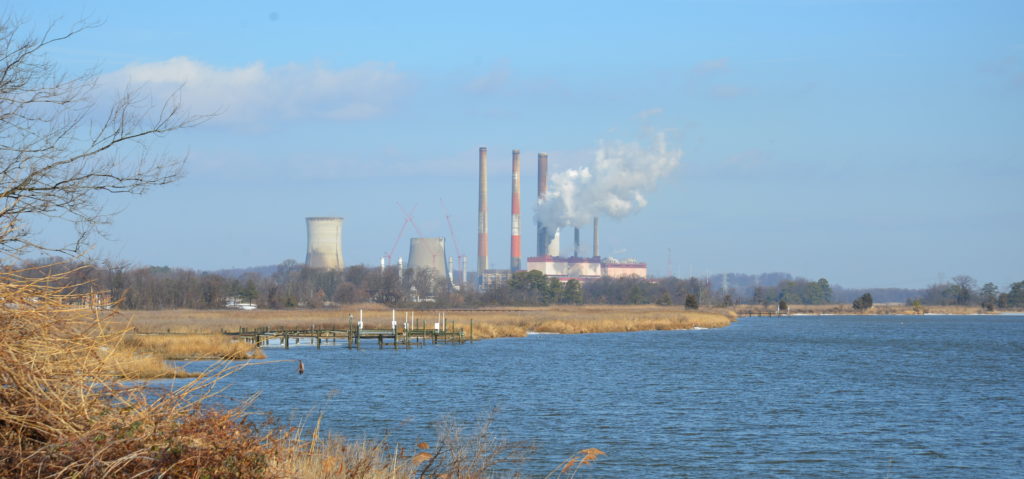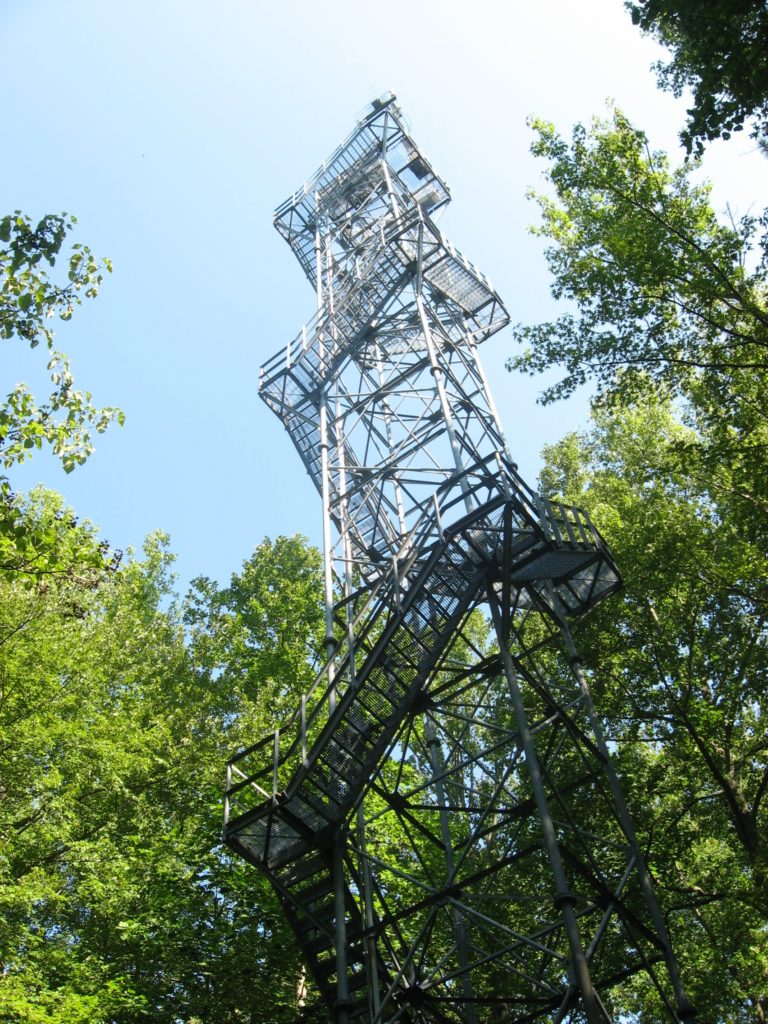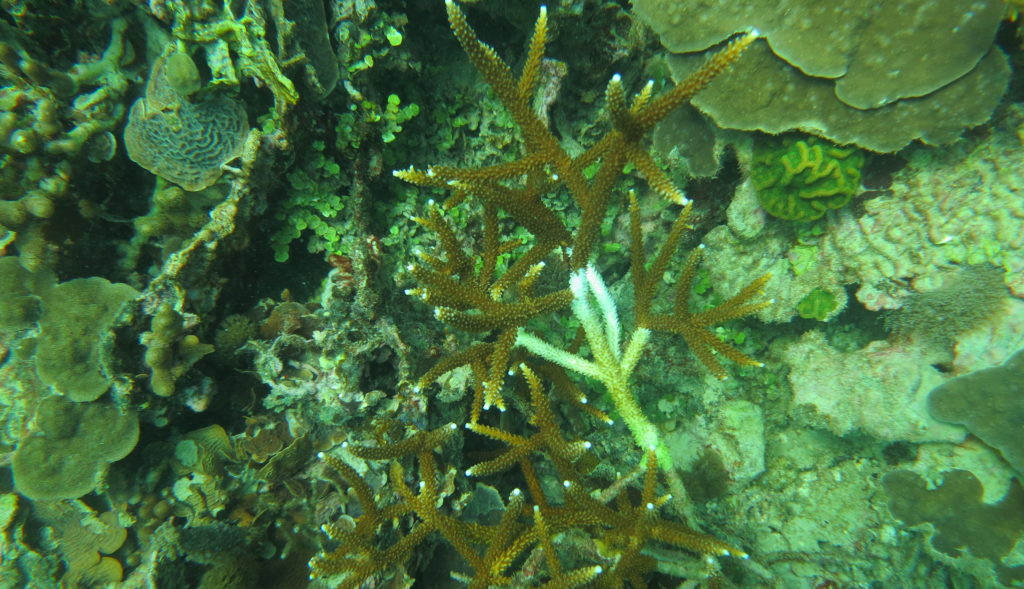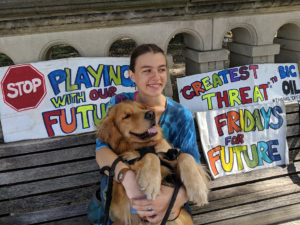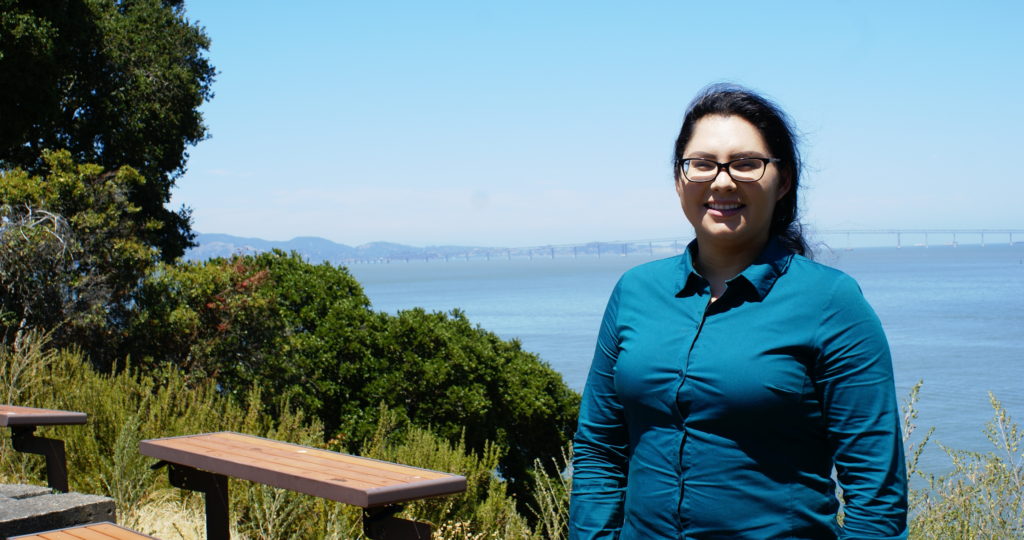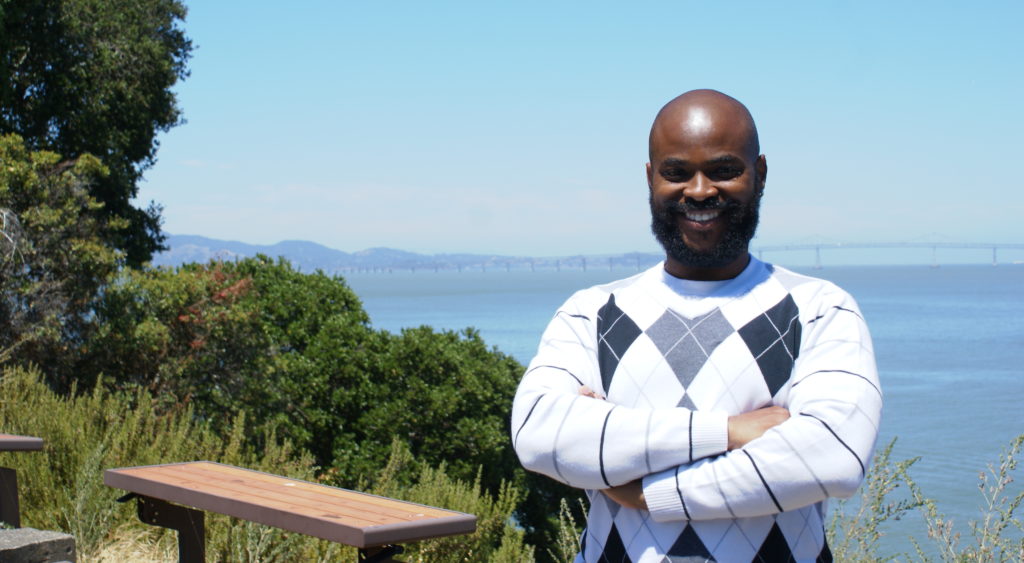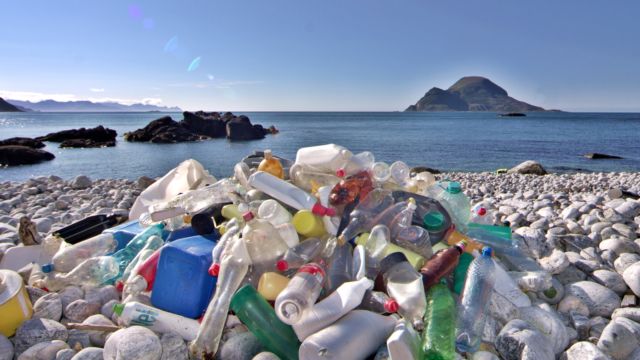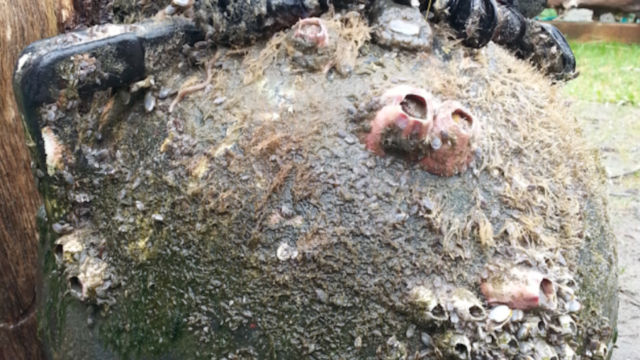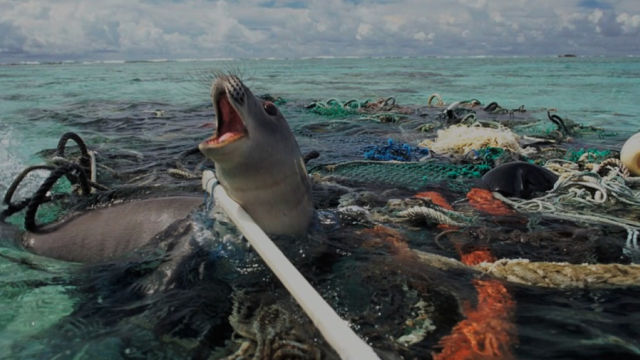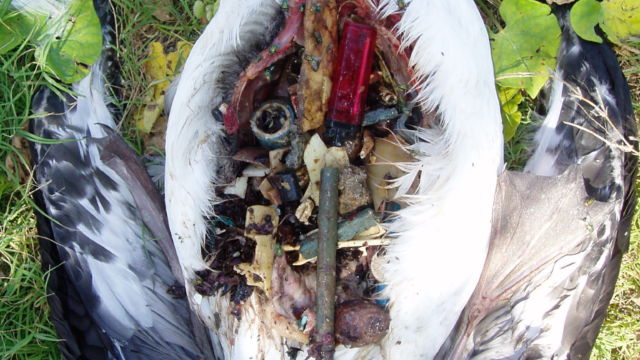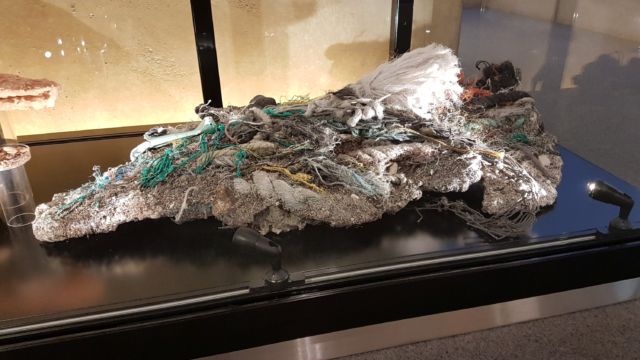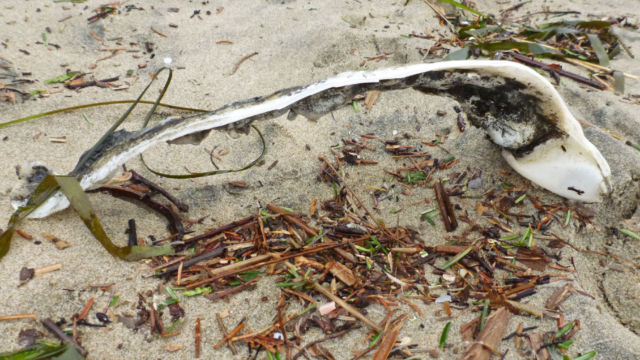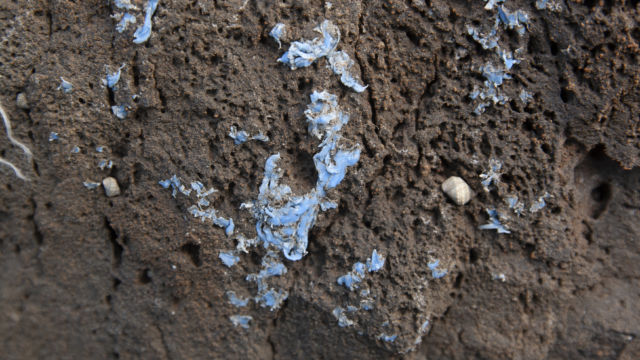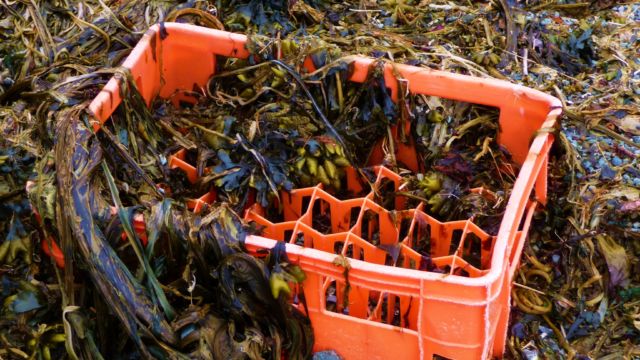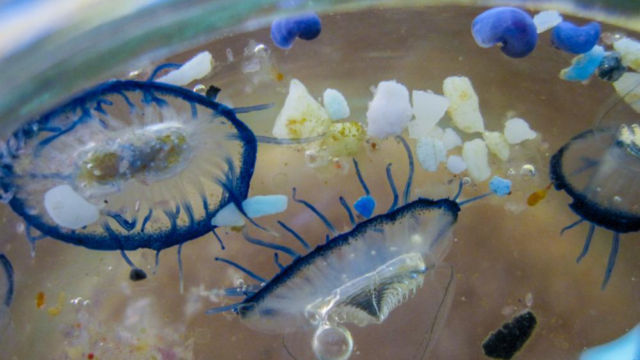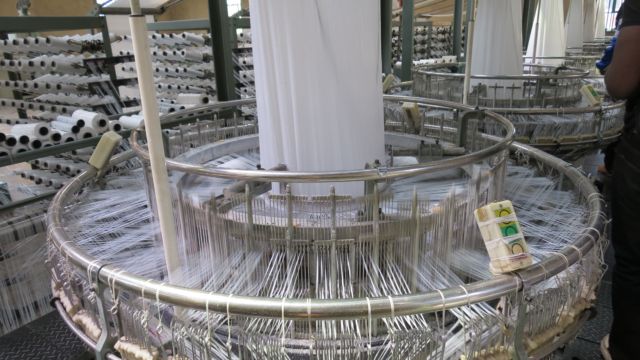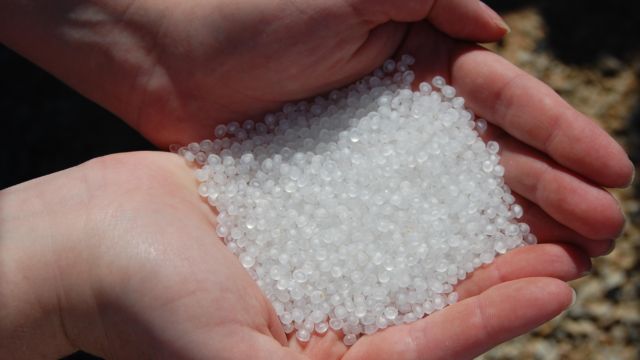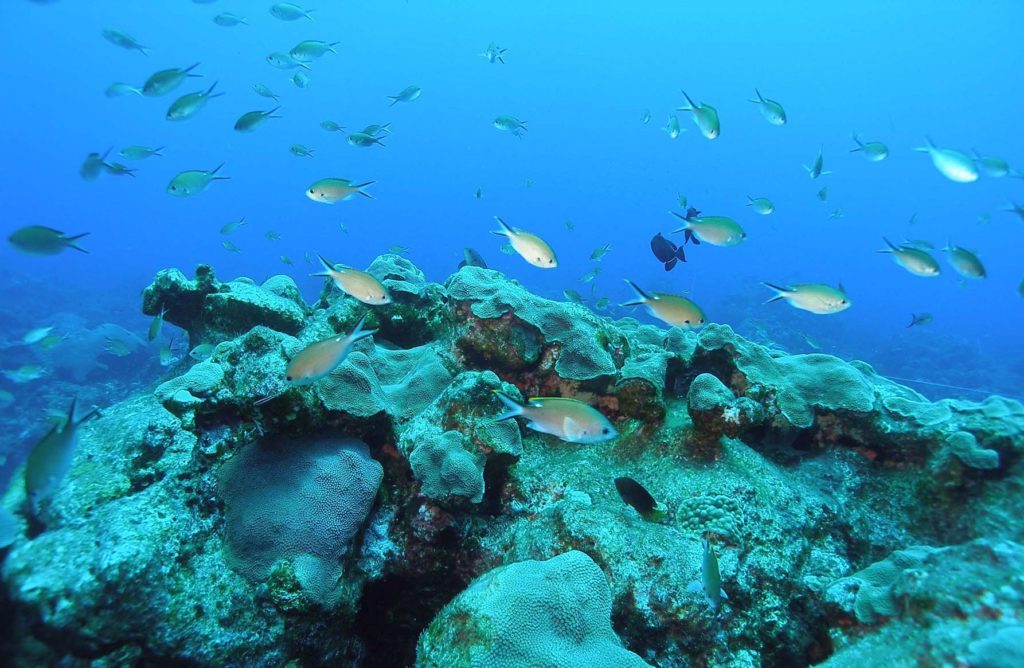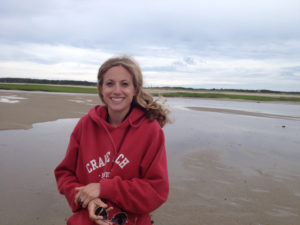New study finds antibiotics from poultry farms can lead to drug-resistant bacteria in the water
by Kristen Minogue
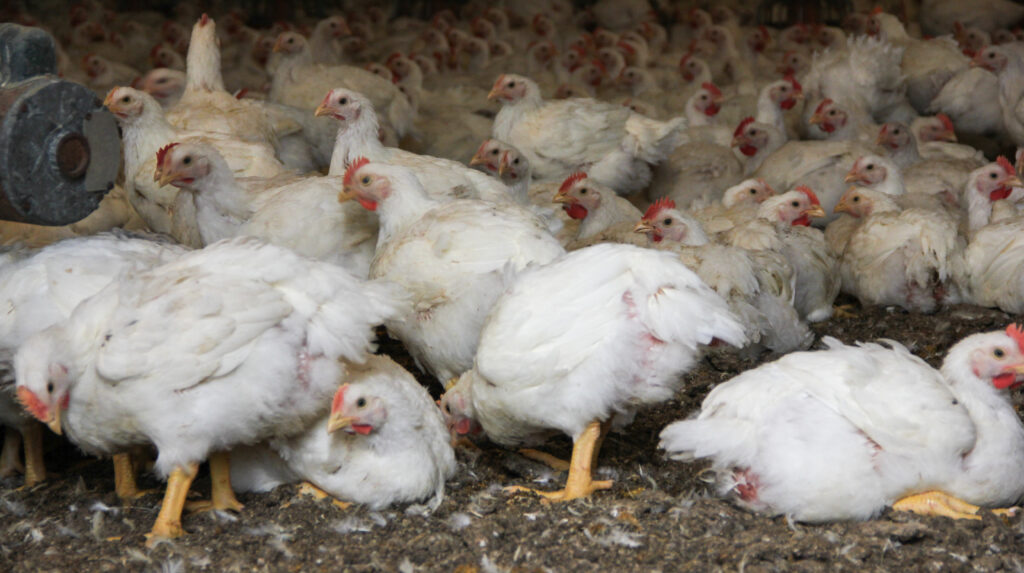
Chickens stand in a Pennsylvania poultry barn. Crowded conditions in poultry barns increase the danger of a disease spreading through the flock, leading many poultry farmers to rely on antibiotics. (Credit: Steve Droter/Chesapeake Bay Program. Creative Commons License)
90 tons. That’s how much chicken manure—mixed with feathers, uneaten feed and leftover bedding—a Maryland poultry farmer scrapes out of a single barn each year.
Manure is just one of many issues poultry farmers on the Delmarva peninsula have to wrestle with. Poultry farming isn’t an easy industry, for the chickens or the farmers. To get started, a farmer generally needs to borrow hundreds of thousands of dollars to build a poultry barn to house roughly 45,000 birds. Companies like Purdue and Tyson supply the chicks, and pay the farmers based on how many pounds the flock puts on. To have any chance of making a profit, there’s enormous pressure to grow broiler chickens as fat and as fast as possible. A typical poultry barn can go through five to seven flocks a year. After each flock moves out, the farmers are left to deal with the muck.
“The folks that grow the chickens, it’s a really tough job that they do and hard to make a buck at it,” said Tom Jordan, an ecologist with the Smithsonian Environmental Research Center who specializes in how farming impacts Chesapeake Bay.
Another thing that’s hiding in the chicken manure? E. coli bacteria. Some of these E. coli don’t cause disease. But others can inflict both chickens and people with diarrhea and other unsavory side effects, like urinary tract infections.
Some E. coli bacteria have become resistant to our antibiotics. This May, scientists reported that because chicken manure fertilizes farms throughout the Chesapeake, that antibiotic resistance can also spread in the water. Besides the already-prevalent problem of nutrient pollution, this could put swimmers and boaters who use the water for recreation at further risk.
“Right now, sometimes the poultry barns get cleaned and they immediately apply it on land, so it’s just fresh waste going directly on our land,” said Jay Graham, lead author of the new study and a public health researcher with the University of California, Berkeley. “So if it rains, then all that ends up in our waterways.”


